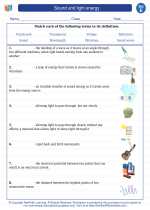Sound and light energy -> rubber
Rubber
Rubber is a versatile material with unique properties that make it useful in a wide range of applications. It is a natural polymer derived from the sap of rubber trees, as well as a synthetic polymer produced from petroleum-based feedstocks. Rubber has several characteristics that make it valuable, including elasticity, water resistance, and electrical insulation.
Properties of Rubber
1. Elasticity: Rubber can be stretched and deformed, but it returns to its original shape when the deforming force is removed.
2. Water Resistance: Rubber is impermeable to water, making it useful for waterproofing and sealing applications.
3. Electrical Insulation: Rubber is a non-conductor of electricity, making it suitable for use in electrical insulation and protective gear.
4. Resilience: Rubber can absorb and disperse energy, making it useful in products such as shock absorbers and tires.
Natural Rubber vs. Synthetic Rubber
Natural rubber is obtained from the latex of rubber trees, primarily found in tropical regions such as Southeast Asia. Synthetic rubber, on the other hand, is produced from petroleum-based feedstocks through chemical processes. Both types of rubber have their own advantages and applications.
Natural Rubber: More elastic and resilient, but can degrade over time when exposed to heat and sunlight.
Synthetic Rubber: Offers greater chemical and weather resistance, and can be tailored for specific applications.
Uses of Rubber
Rubber is used in a wide range of products and industries, including:
- Tires for vehicles
- Industrial belts and hoses
- Footwear
- Seals and gaskets
- Insulating materials for electronic devices
- Sports equipment such as balls and protective gear
Study Guide
Here are some key points to remember about rubber:
- What are the main properties of rubber?
- What are the differences between natural rubber and synthetic rubber?
- What are some common uses of rubber in everyday products?
- How is rubber obtained from rubber trees?
- What are the environmental implications of rubber production and disposal?
◂Science Worksheets and Study Guides Fifth Grade. Sound and light energy
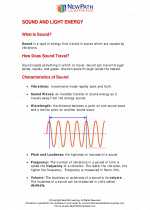
 Activity Lesson
Activity Lesson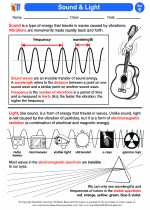
 Worksheet/Answer key
Worksheet/Answer key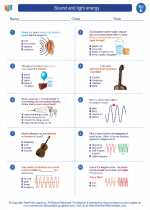
 Worksheet/Answer key
Worksheet/Answer key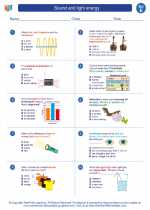
 Worksheet/Answer key
Worksheet/Answer key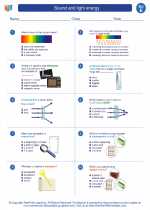
 Worksheet/Answer key
Worksheet/Answer key
 Vocabulary/Answer key
Vocabulary/Answer key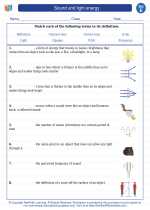
 Vocabulary/Answer key
Vocabulary/Answer key